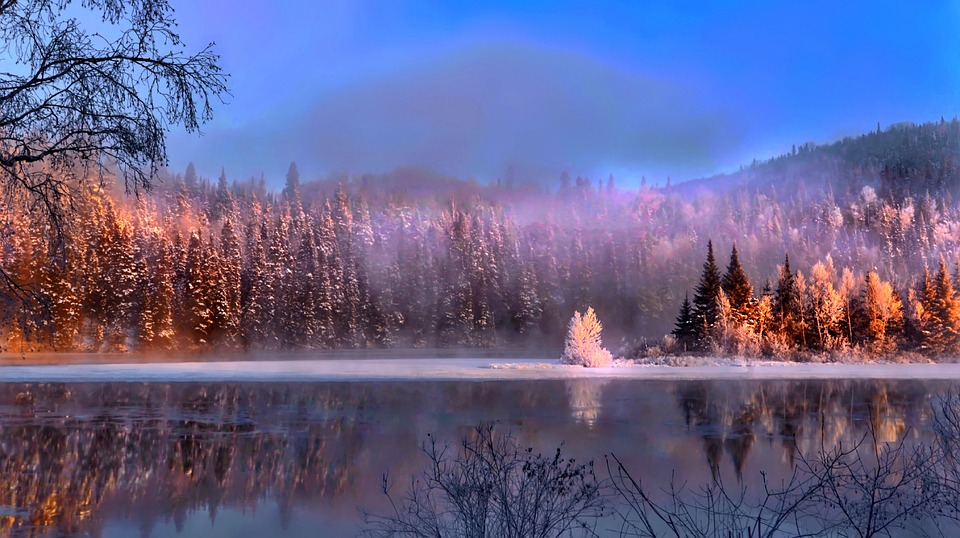In 1922, Indianapolis was a city undergoing significant social transformation, influenced by national trends and local dynamics. The aftermath of World War I, the rise of industrialization, and shifting social relations marked this period as one of both opportunity and tension.
Economic and Industrial Growth
Economic Boom Post-WWI
Following World War I, Indianapolis experienced an economic surge typical of many Midwestern cities. The industrial sector expanded rapidly, particularly in automotive manufacturing and transportation. This growth contributed to the emergence of a burgeoning middle class, driven by the Indiana Gas Boom that significantly impacted local industry.
Impact on Labor
While the expanding economy created numerous job opportunities, it also led to conflicts between labor unions and industrial employers. Strikes became more common as workers sought better conditions and wages. The role of unions in advocating for workers’ rights grew increasingly prominent during this time.
Racial Tensions and the Rise of the Ku Klux Klan
Racial Segregation and Discrimination
Despite economic advancements, racial segregation remained deeply entrenched in Indianapolis. African Americans faced systemic discrimination in housing, employment, and education, largely dictated by Jim Crow laws and informal segregation practices that shaped their daily lives.
Ku Klux Klan Influence
The year 1922 marked a peak in the influence of the Ku Klux Klan (KKK) in Indiana, especially in Indianapolis. The Klan capitalized on post-war anxieties to promote white supremacy and anti-immigrant sentiments. Membership among prominent citizens was significant, allowing the Klan to exert considerable influence over local politics and law enforcement. Reports suggest that up to 40% of native-born white men in Indianapolis were Klan members during this era[1][5].
African American Community and Culture
Emerging African American Middle Class
In spite of the challenges posed by segregation and discrimination, the African American community in Indianapolis began to flourish culturally and economically. Institutions such as businesses, churches, and newspapers like the Indianapolis Recorder played crucial roles in fostering a vibrant community.
Cultural and Social Life
The influence of the Harlem Renaissance began to permeate Indianapolis during this time. Jazz and blues music gained popularity, with Indiana Avenue emerging as a cultural hub for the Black community. Prominent Black churches and civic organizations became vital centers for social activism.
Women’s Rights and Changing Gender Roles
Women’s Suffrage Movement
The ratification of the 19th Amendment in 1920 empowered women in Indianapolis to engage more actively in politics. Women participated in civic organizations and social reform movements, marking a significant shift in their societal roles.
Changing Roles in Society
The 1920s saw women challenging traditional gender norms by pursuing higher education and entering the workforce in greater numbers. The flapper culture also influenced local attitudes towards women’s roles, leading to both acceptance and backlash from conservative segments of society.
Prohibition and Social Change
Impact of Prohibition
The passage of the 18th Amendment in 1919 enforced Prohibition, which had profound effects on social life in Indianapolis. The illegal alcohol trade flourished alongside speakeasies, creating friction between law enforcement and organized crime.
Cultural Divide
Prohibition highlighted a cultural divide between rural conservatives and urban populations that included immigrants and younger generations who often defied these laws. The KKK supported Prohibition as part of their moral agenda, using it as a platform to gain political power[2][3].
Immigration and Social Tensions
Nativism and Anti-Immigrant Sentiment
The early 1920s were marked by rising nativism across the United States, reflected strongly in Indianapolis. Anti-immigrant sentiments surged following the 1921 Emergency Quota Act, which restricted immigration from Eastern and Southern Europe.
Ethnic Communities
Despite these tensions, Indianapolis was home to diverse immigrant communities that contributed significantly to its labor force and cultural life. Groups such as Germans, Italians, and Eastern Europeans formed tight-knit communities that enriched the city’s social fabric.
Political Climate in 1922 Indianapolis
Political Influence of the Klan
In 1922, the Klan’s influence permeated Indiana’s political landscape. Many politicians either openly supported or tacitly endorsed Klan policies. This infiltration allowed Klan-backed candidates to gain significant power during local elections.
Pushback and Resistance
However, not all segments of society supported the KKK’s agenda. Resistance emerged from various groups including African American leaders, Catholic organizations, and progressive factions who sought to counteract its influence[4][5].
Conclusion
The social climate of Indianapolis in 1922 was characterized by a complex interplay of economic growth, racial tensions, cultural evolution, gender role changes, Prohibition effects, immigration challenges, and political strife. These dynamics not only shaped the immediate environment but also laid foundational elements for future developments within the city’s social fabric.

Kyle Whyte is a notable scholar and professor at the University of Michigan, holding positions such as the George Willis Pack Professor in the School for Environment and Sustainability and Professor of Philosophy. Specializing in environmental justice, his work critically examines climate policy and Indigenous peoples’ ethics, emphasizing the nexus between cooperative scientific endeavors and Indigenous justice. As an enrolled Citizen Potawatomi Nation member, he brings a vital perspective to his roles as a U.S. Science Envoy and member of the White House Environmental Justice Advisory Council. His influential research is supported by various prestigious organizations including the National Science Foundation, and disseminated through publications in high-impact journals. Kyle actively contributes to global Indigenous research methodologies and education, with affiliations to numerous institutes and societies dedicated to traditional knowledge and sustainability. Recognized for his academic and community engagement, Kyle has earned multiple awards and served in various visiting professorships. His efforts extend to leadership positions on boards and committees focused on environmental justice nationwide.
